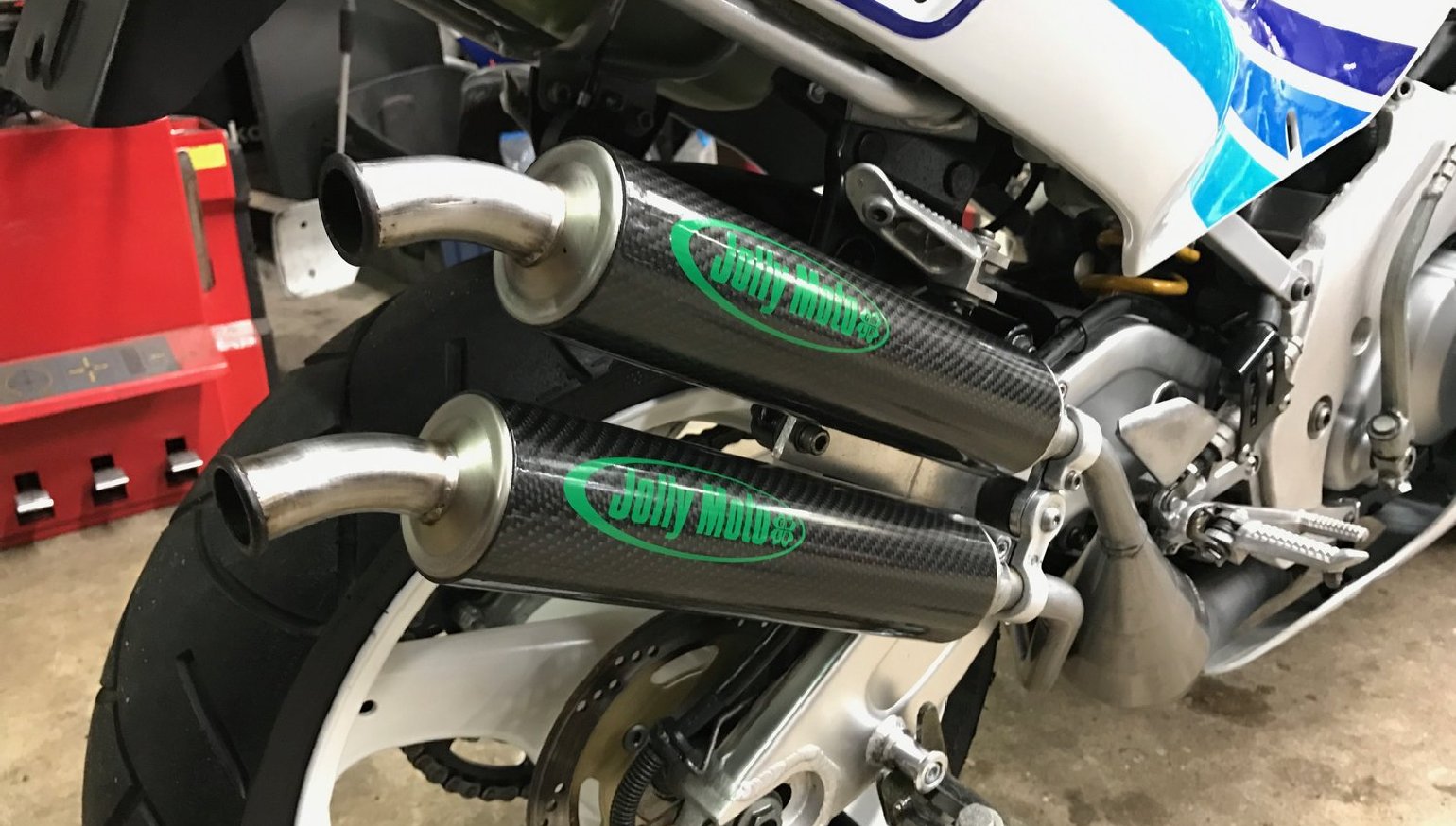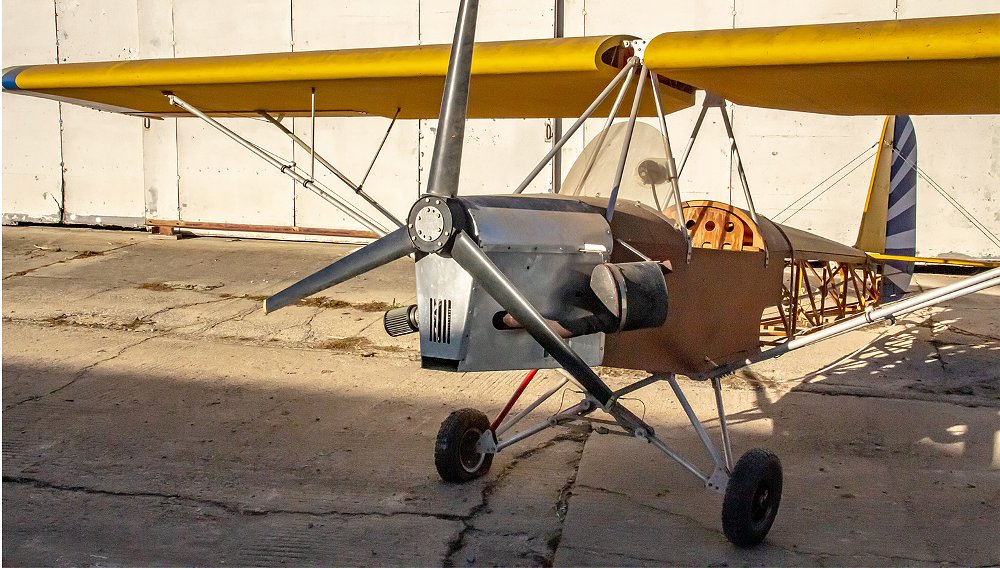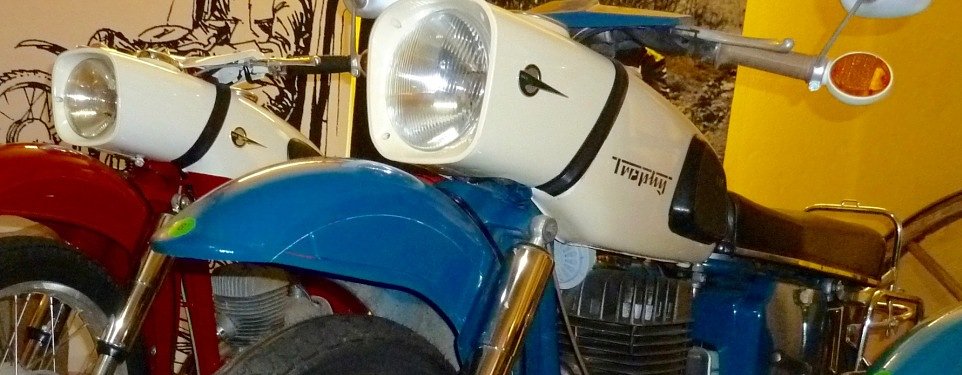I’ve gotten the impression that a significant portion of Common Tread readers are cognoscenti.
Vets who have been on bikes for a long time. Not easily impressed. Balanced, measured folks who generally don’t have rose-colored glasses on when it comes to motorcycles. Tough to please — maybe a bit too tough. Maybe even...jaded? I’m lumping myself in here, by the way. So when I see something that makes me perk up a little, I gotta share it. Enter Moto 2 Imports, a shop based in Washington, D.C. selling gray-market motorcycles. In looking for a gray-market bike of my own, I wound up chatting with Tim Hope, the owner. We’ll get to him in just a sec. But first, you may be wondering something.
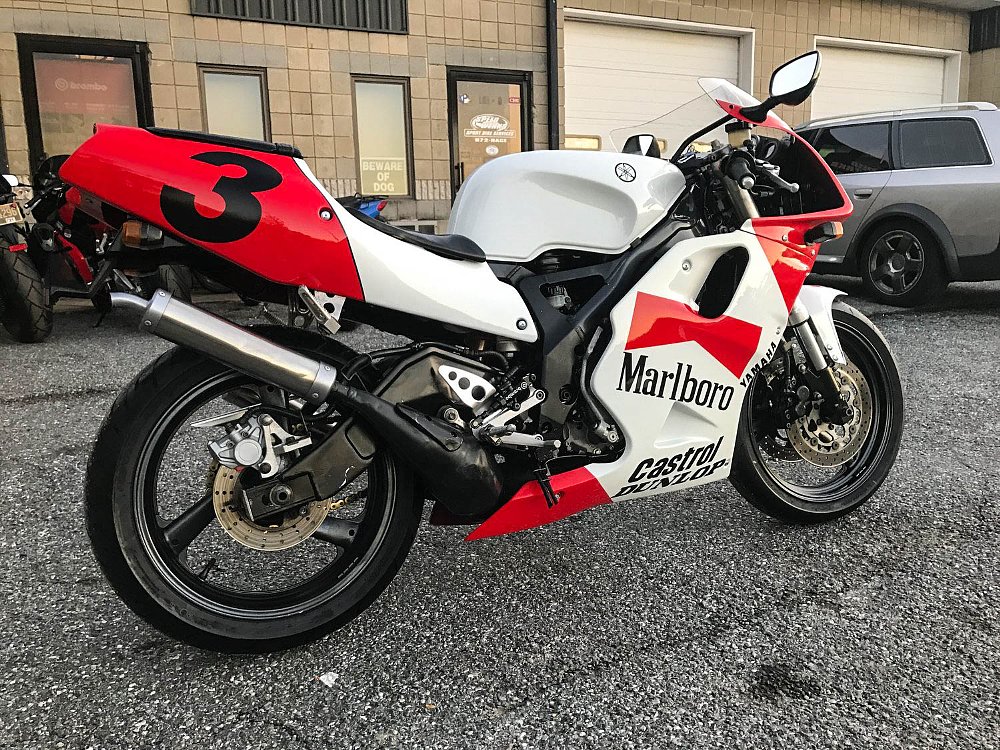
What is a gray-market motorcycle?
The gray market “refers to the trade of a commodity through distribution channels that are not authorized by the original manufacturer or trade mark proprietor,” per Wikipedia. In layman’s terms, a gray-market motorcycle, for us, is one that was never offered for sale in the United States. Throughout moto history, some really great motorcycles have been produced that didn’t hit our shores. Tim marries some of those motorcycles to eager new owners looking to take a bite of forbidden fruit.
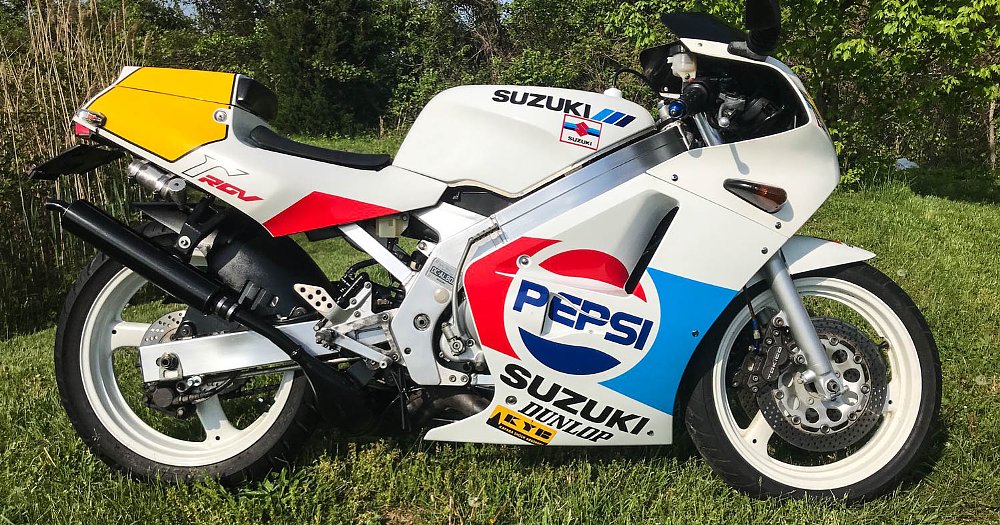
How to buy a gray-market motorcycle
There’s two ways to acquire a gray-market bike. The first involves dealing in a foreign language, hoping you don’t get burnt, long lines at the DMV, and learning the finer points of EPA and DOT guidelines and the FMVSS, then modifying your chosen vehicle to comply. The second involves calling up Tim Hope, the man behind Moto 2 I told you about earlier. You tell him what you want, and then you go pick it up. The first way is annoying and difficult and I don’t want to write about it. The second way is fun.
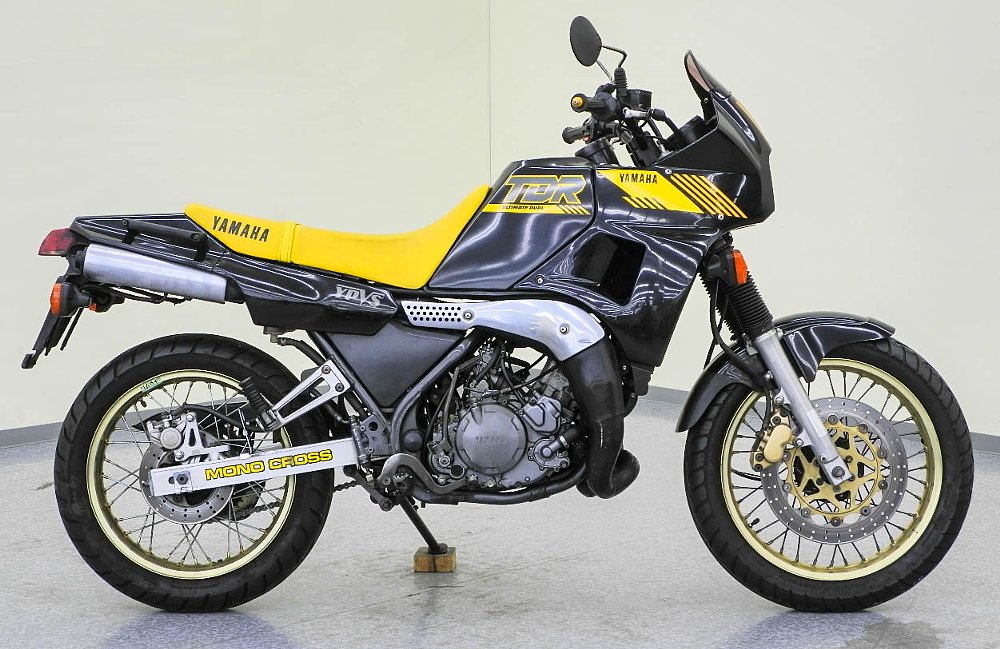
Moto2
Tim’s company centers around easing the process of obtaining a gray-market machine. While Moto2 is happy to help you import nearly any motorcycle, Tim really found his groove with a particular niche — Japanese sport machines, particularly two-stroke bikes. Since opening its doors, Moto2 has sold over a hundred motorcycles, none of which were ever destined to be sold here. Two-strokes lasted a lot longer on the street in Japan than they did stateside.
Tim’s in his 40s. If you’re close to that mark or older, his fascination with small-displacement Japanese sport bikes, which existed largely due to Japan’s licensing system, makes perfect sense. Their power-to-weight ratios are off the charts, the uniqueness is (of course!) appealing, and the riding sensation is distinctly different from a larger four-stroke machine that would have been more common here in America.
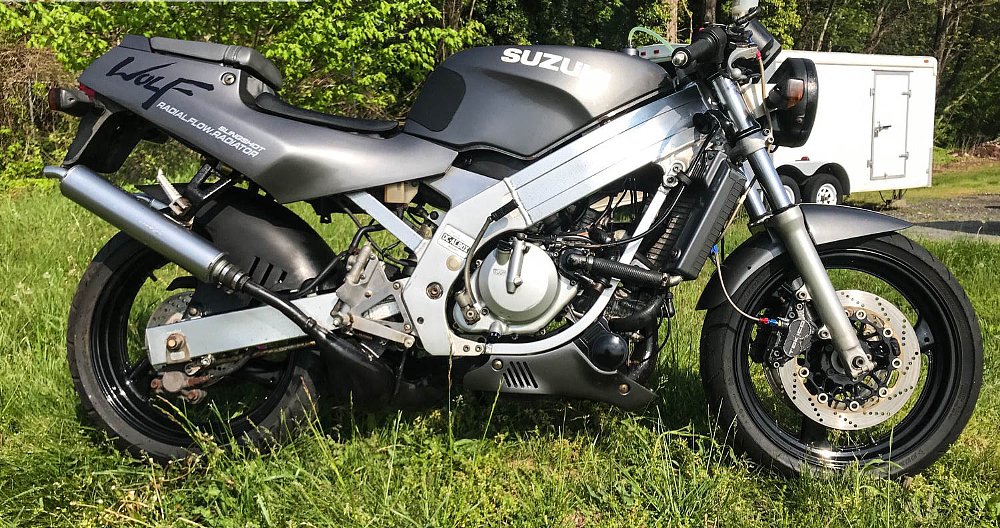
Most of these 1990s-era two-strokers, being race machines, were spec’d a little differently than a similarly sized American market motorcycle. Here, a lightweight bike will often have a tame engine and budget brakes and suspension fitted; a light motorcycle often means one that gives up a lot of performance in all categories — going, stopping, and handling. That’s not true, however, in countries where “small” does not equal “slow.”
“A lot of these motorcycles had upside down forks in 1991 or 1992. The Honda CBR600 in America didn’t have those until 2005,” Tim noted. “The 250 class in Japan was artificially restricted to 45 horsepower, and again to 40 horsepower in 1994. De-restricted, these things can turn 60 horsepower pretty easily.”
That maybe doesn’t sound like much by today’s standards, but a 2T powerband in a package that weighs 320 pounds is a pretty compelling sales pitch — even in 2019. ”When people get to ride them, they inevitably come away smiling,” Tim said. I mean, dirt 250s are fun. I fail to see why that would not translate onto the pavement.
So who is buying these things? And how does this process work?
“Our demo is 40- to 60-year-old men,” Tim said. “GP racing switched to four-stroke engines 20 years ago. Many younger riders have never even been exposed to two-stroke motorcycles.”
Moto2's clientele sounds about right, considering the financial state of younger riders, their waning interest in two-wheel transport, and the difficulty of importing vehicles younger than 25 years of age into the United States. These gray-market imports are not inexpensive, with most prices simmering between $7,000 and $12,000, depending on the bike, but let’s be frank: This is reasonably affordable fun. No, you probably can’t take out a loan to buy one of Moto2’s inventory units, but at those numbers, you may not need to. So what’s the money get you?
Moto2 brings in the best bikes they can find and deal with the associated headaches so customers can put these motorcycles on the road with no fuss.
“When it comes to titling, it’s a balance between the time it takes to apply for the title and how long it takes to obtain it. The titling process can be a little trying, just due to cultural differences. The paperwork is in a different language. There are often times where the DMV is expecting to see a signature, but in Japan, often in place of that you’ll see a stamp or a seal,” Tim said. There’s a bit of arbitrage taking place here, but as a guy who has fought the DMV a time or two, I'd say it’s well worth it to pay to make these problems someone else’s.
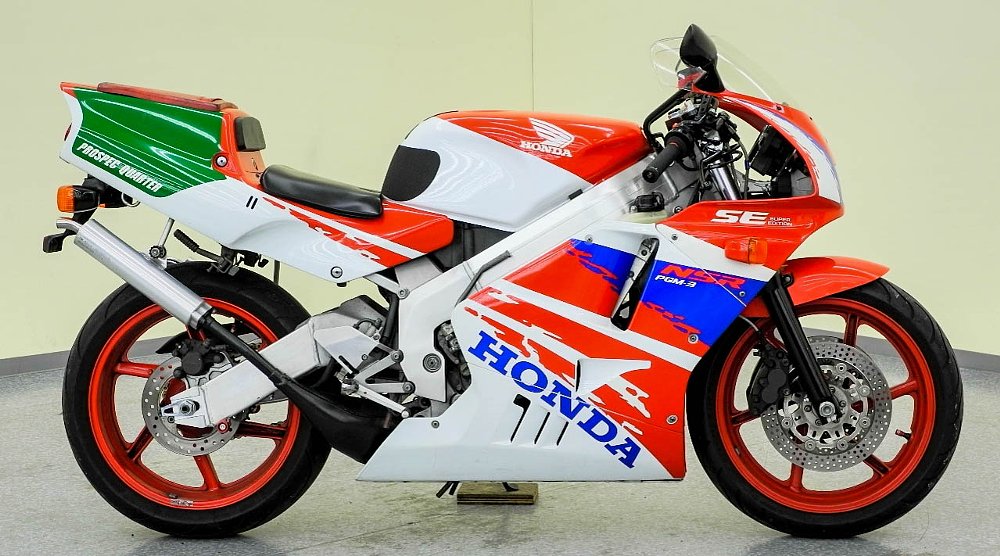
I don't need this. I need this. Moto2 Imports photo.
And what’s the hot seller at Moto2? “My best-selling bike is the Honda NSR250. It’s the most reliable, has the best build quality, and Honda also made more of these than their competition, which means they also have the best selection, as well," Tim said. "The NSR is also the easiest of the 250s to de-restrict. The VFR400 and RVF400 are also quite popular.” And the inline-four 400-class bikes I remember as a kid? Those 400s all weighed about as much as a 600 with all the power of...well, a 400. I suppose it would make sense those aren’t very coveted.
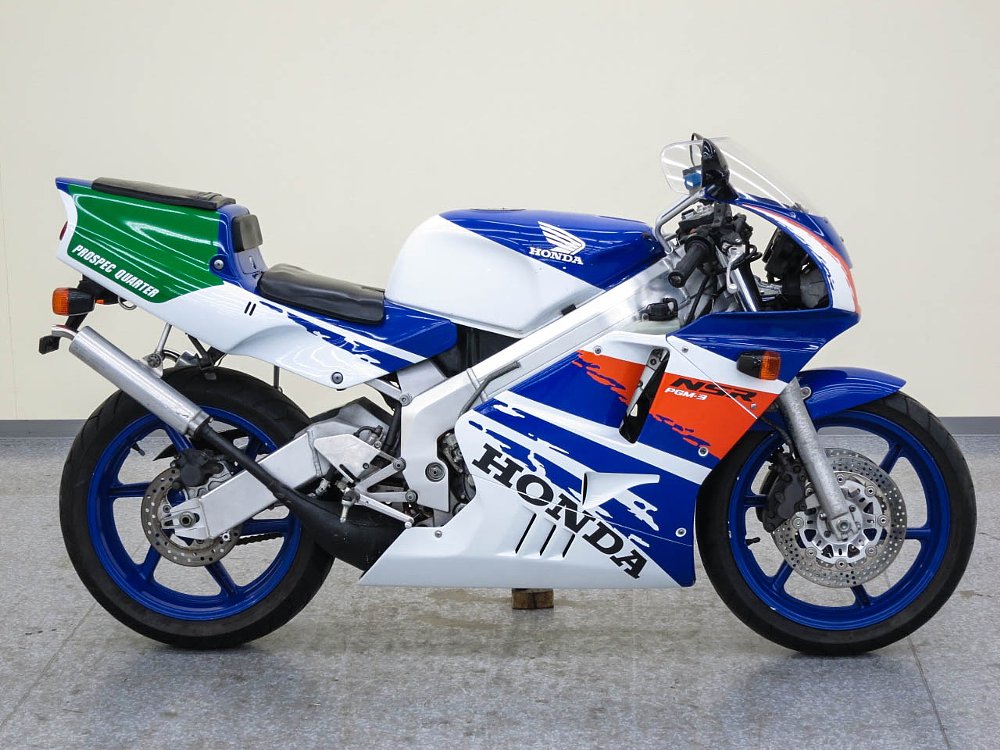
“For better or for worse, we import half a dozen models we know will sell. But there are 10 more models that we’re not sure about,” Tim explained. His crew sticks with what works, which ain’t bad business practice. But they do hunt down special models by request, so I had to ask: What else could I get at Tim’s toy store?
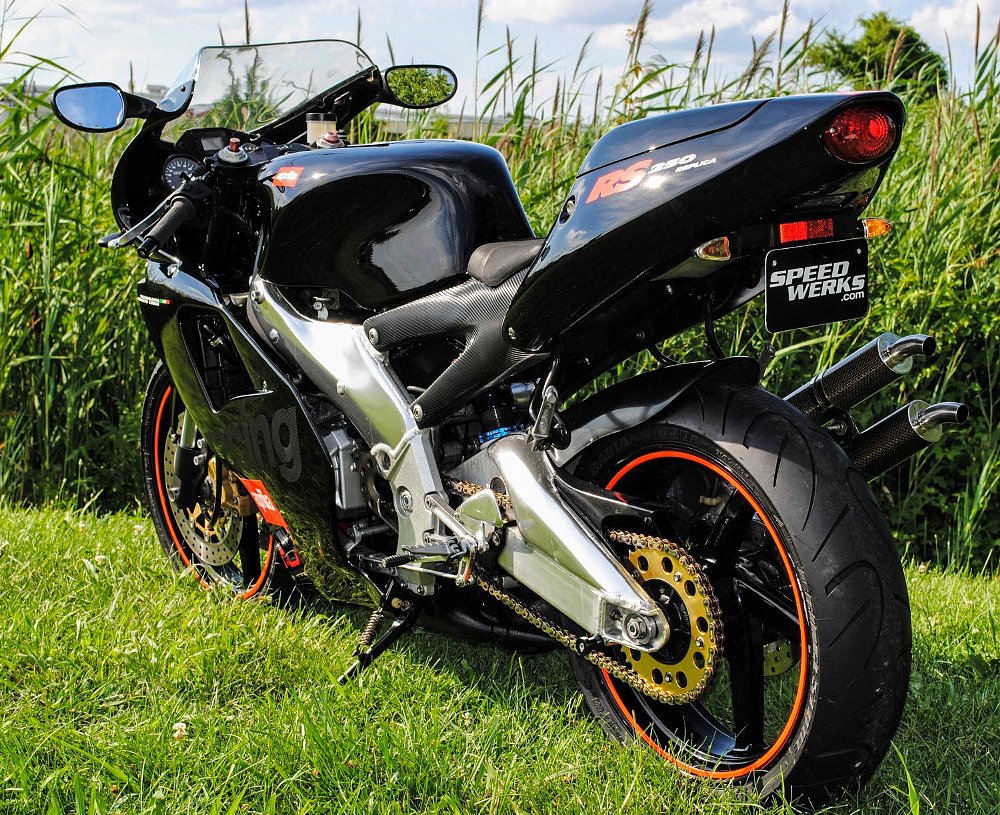
“The Honda Motocompo is a motorcycle that sells well for me. They’re 60 pounds, have tiny wheels, and were meant to fit in the trunk of a car. Motorcycling couldn’t be any easier. They were popular with the hipster crowd,” Tim confided. Now, of course, if Tim is going to sell what he sells and then use the “H-word,” I had to know what he thought about Radwood. I mean, this guy should be a title sponsor, right?
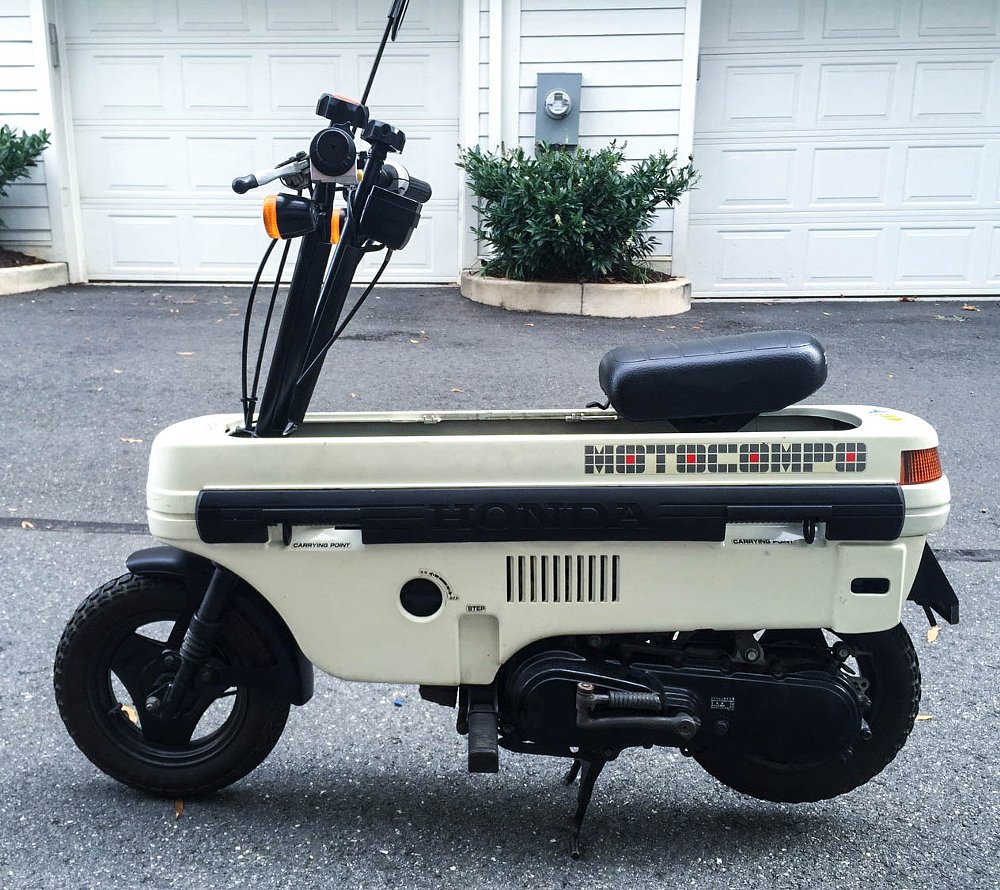
“I’ve never even heard of it. Thank you for turning me on to it!” Not the answer I expected, but at least now I can double-bill this article to RevZilla and my consulting fees to Tim! He continued, telling me a bit more about his niche in the motorcycle world.
“250 two-strokes are obviously the specialty, but we’ll track down European bikes and some other oddballs by request,” Tim says. It’s important to know, though, that Tim’s associates have a warehouse in Japan, and boots on the ground there, so he’s able to score the best bikes there. And picking up a bike that’s been kept nice, rather than breathing life back into the dead makes sense for buyer and seller alike. Moto2 can and does do custom work, but Tim says it’s really not worth it for him or for the customers.
“It makes more sense financially to pay a premium when I am looking for the bike rather than trying to restore something farther gone," Tim said. "Rebuilding these bikes is financially futile. You’re usually better off spending more money up front for a nicer specimen.
“Each of the models has their own faults, but there are of course items common to all the bikes. Elements and outdoor storage are the biggest problems, for the bodywork especially.”
Apparently, finding clean plastics for these that aren’t aftermarket reproduction is just slightly easier than achieving world peace. “Just about every bike needs a carburetor refresh and new battery. For the most part, a better motorcycle is less costly, and the customer ends up with a better bike.”
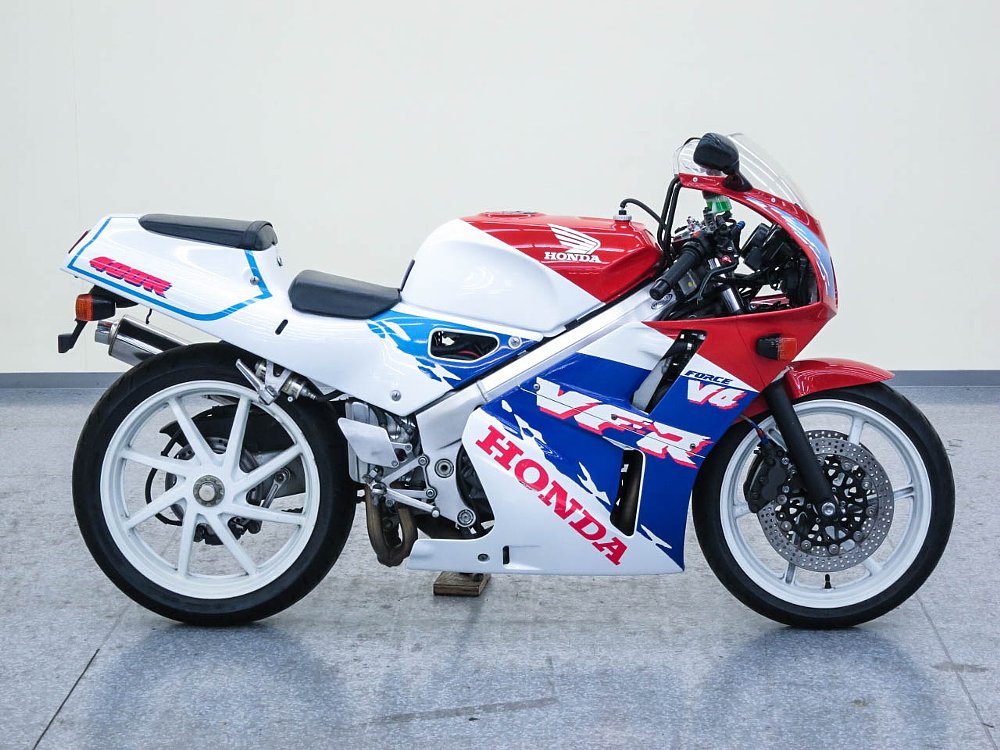
As I wrapped up our chat, I asked Tim if he had a personal bike in the garage. I mean, a one-man show with a few units in inventory at all time? Of course not. I knew the answer before he gave it. I pressed further, asking if there were any bikes he had trouble letting go of over the years. “We had a 1989 VFR400R come through the door. That bike was difficult for me to sell, because that was the bike that got me into all this when I was a kid.
“But I know there are more in Japan.”
I just bet he does.




